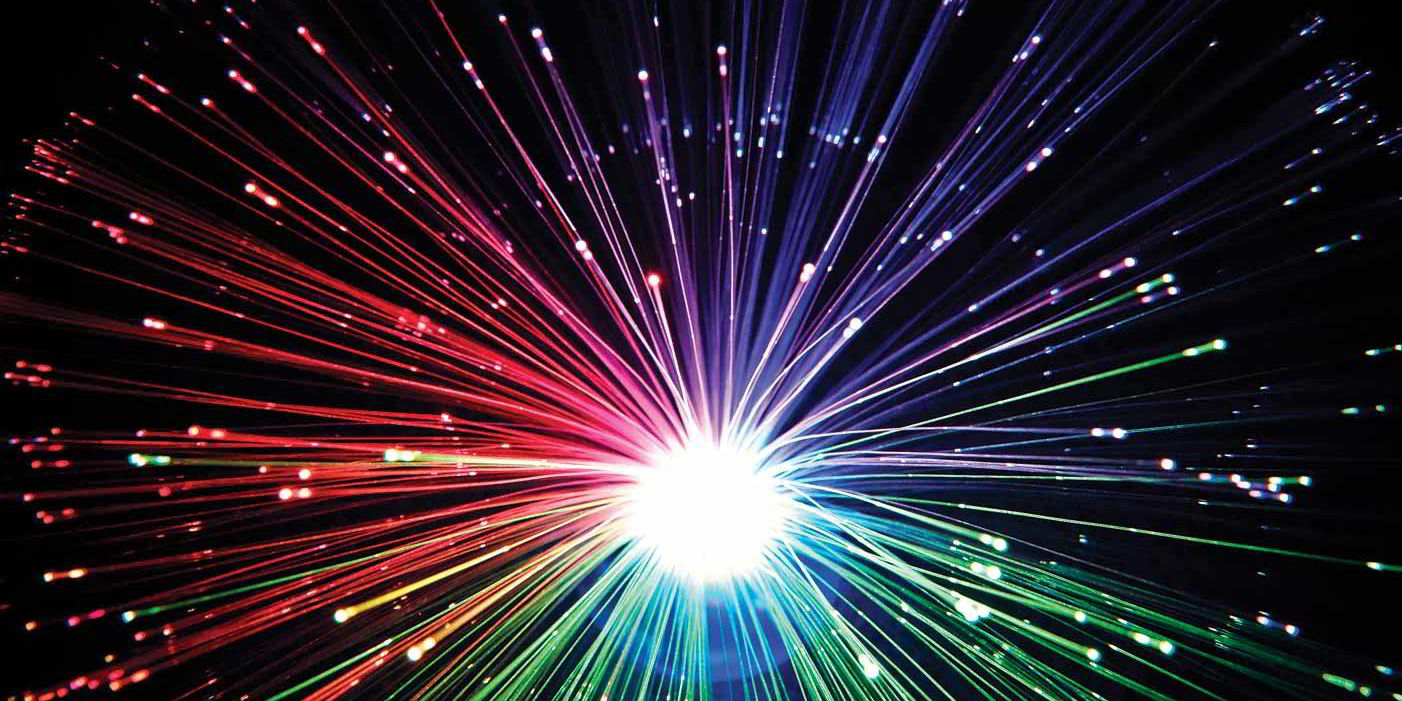The “three-dimensional” PV micro-cell being developed by the company in Santa Barbara, California, aims to solve two key shortcomings of traditional two-dimensional concepts that greatly diminish how much sunlight is converted into electricity: light reflection and electron loss.
Although high-grade CSi cells have a theoretical maximum efficiency of 29%, current technology often has conversion rates of 15-19%.
That is because almost a third of the sunlight is reflected off silicon cells’ surface, and much of the energy that does enter the cell is lost in transit to the contact wires that complete the circuit to flow the electricity.
Solar 3D’s concept reduces these losses, says chief executive Jim Nelson, using “light collectors” to trap incoming sunlight and a patent-pending, multifaceted three-dimensional PV structure...

